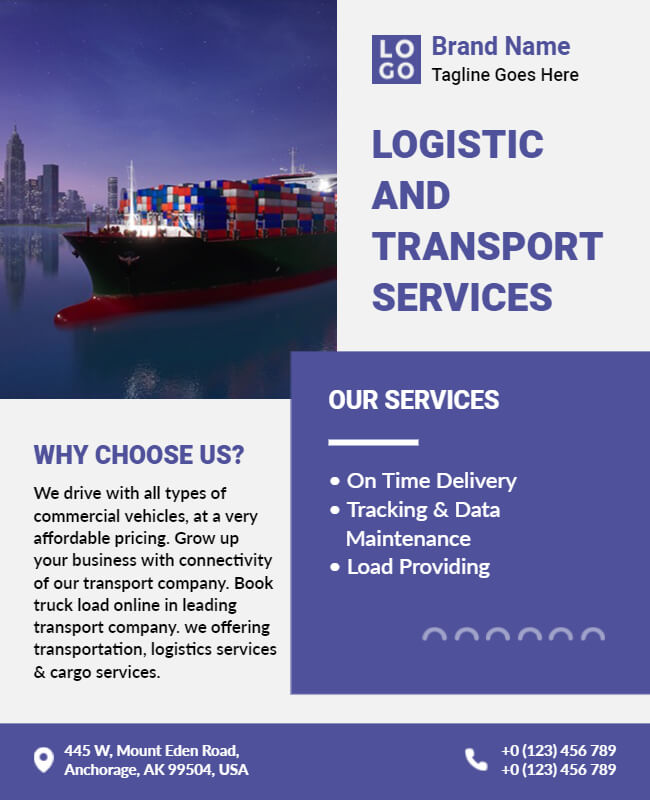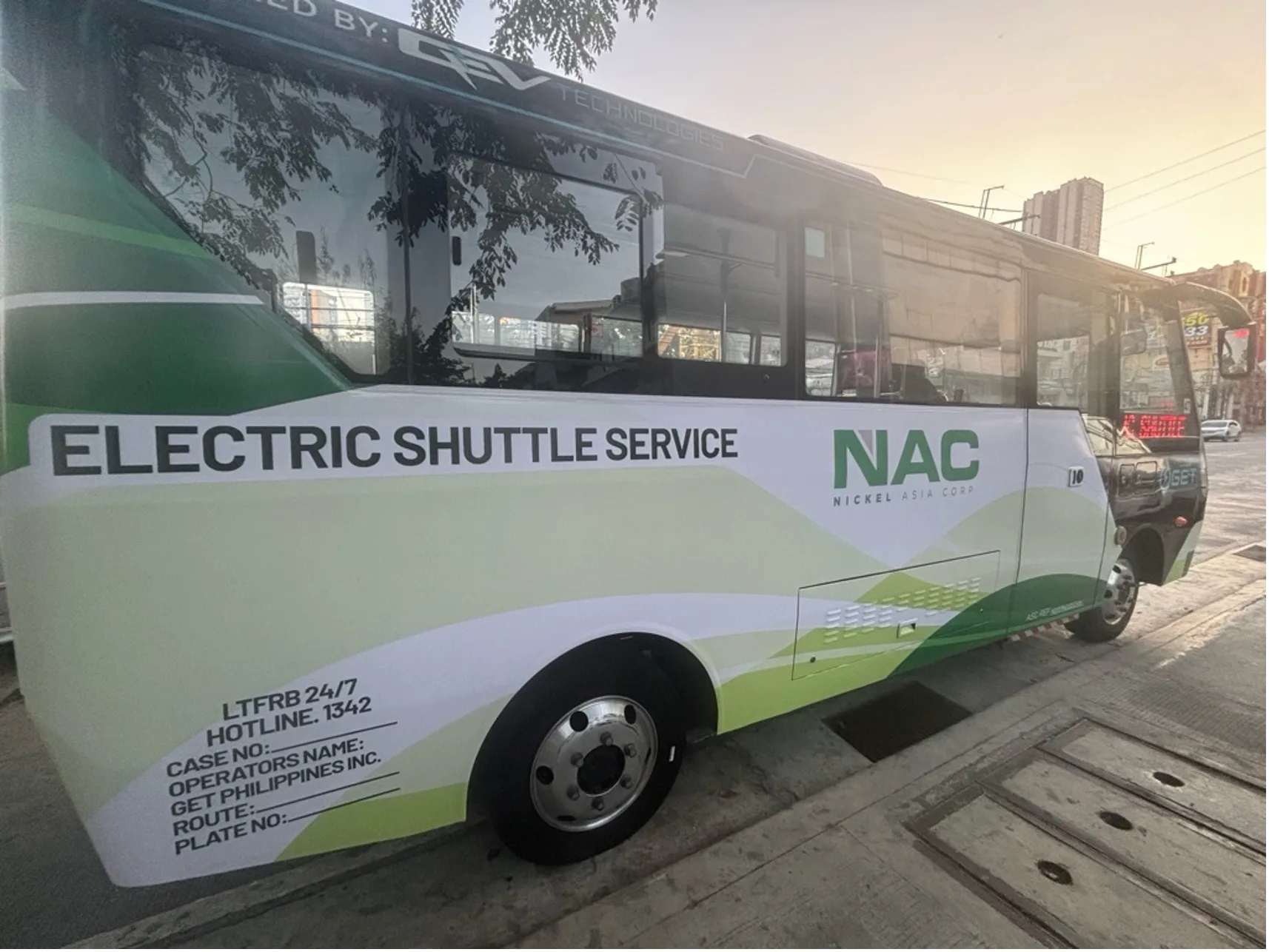Maximize Exposure with Transit Advertising Philippines
Maximize Exposure with Transit Advertising Philippines
Blog Article
How Transit Marketing Can Change Public Transport Spaces Into Dynamic Advertising Operatings Systems
Transit advertising and marketing holds substantial capacity to redefine public transport areas into lively advertising and marketing systems that engage and educate. By making use of cutting-edge styles such as electronic displays and interactive booths, brands can not just get to a diverse audience however additionally enhance the general traveler experience. This approach creates an one-of-a-kind opportunity for brands to link with customers in a setup that is often neglected. As we check out the complex advantages and evolving techniques of transportation advertising, it increases the concern of exactly how this improvement can redefine our communications with both brand names and the city setting.
Advantages of Transportation Marketing

In addition, transportation marketing is very cost-efficient contrasted to standard media. It allows marketers to achieve high impacts at reduced costs, making best use of roi. The captive target market of travelers supplies an opportunity for brand names to share their messages to individuals that are typically responsive during their traveling times.
Additionally, the vibrant nature of transit advertising and marketing allows projects to be updated often, making certain that messaging stays pertinent and timely. This flexibility can be important in reacting to market trends or promotional events, keeping the brand top-of-mind for consumers. Last but not least, the pervasive existence of transportation marketing adds to brand recall; repeated direct exposure within acquainted travel contexts reinforces brand recognition and cultivates consumer loyalty, eventually boosting and driving sales brand credibility.
Sorts Of Transportation Advertising And Marketing
Public transport systems provide various styles for marketing, each providing to various advertising and marketing strategies and audience engagement methods. One popular type is exterior bus and train covers, which cover the whole automobile and develop a mobile signboard result, enabling high presence in city settings. These covers can record focus as they go across active roads, getting to a varied target market.
An additional preferred style is interior advertising, which includes posters, electronic displays, and ads on transit seats. These placements involve travelers during their journey, enhancing brand name messaging in a confined room. Digital presents, specifically, provide the benefit of vibrant content, making it possible for marketers to update messages in real-time.
Terminal marketing is likewise significant, including posters, banners, and interactive kiosks within transportation stations. These advertisements take advantage of foot traffic and can target details demographics based upon location.
Last but not least, marketing partnerships with transportation authorities can lead to one-of-a-kind projects, such as themed transit experiences or occasions, enhancing the total engagement with travelers. Each type of transportation marketing supplies unique benefits, allowing brand names to tailor their strategy to successfully reach their target audience within the general public transportation community.
Involving Commuters Successfully
Travelers are progressively flooded with advertising messages throughout their daily journeys, making it essential for brands to involve them in innovative methods. To capture interest in this crowded room, marketers must focus on imagination and significance. Utilizing eye-catching visuals and concise messaging can significantly enhance the probability of involvement.
Interactive aspects, such as QR codes or increased fact functions, can additionally transform fixed advertisements into immersive experiences, cultivating a deeper link with the target market. Brands ought to concentrate on dealing with commuters' demands and interests, tailoring messages to reverberate with their lifestyle, whether with promos for neighborhood businesses or services developed to improve their commuting experience.
Additionally, timing plays a crucial role; strategically positioning advertisements throughout height travelling hours can take a knockout post full advantage of exposure and effect. Engaging commuters effectively also involves leveraging social media assimilation, permitting guests to share their experiences or promos directly from transit systems, therefore magnifying brand reach.
Essentially, effective involvement pivots on recognizing the commuter trip and producing compelling, interactive, and relevant advertising and marketing experiences that not just catch attention yet likewise drive action and loyalty. By doing so, brand names can transform public transportation right into a dynamic advertising system that reverberates with its audience.

Measuring Marketing Effect
How can brand names precisely assess the performance of their ad campaign in transit settings? Determining the impact of transportation marketing requires a complex method that combines qualitative and quantitative metrics. One prevalent technique is tracking engagement via mobile analytics, where brands can assess foot web traffic patterns and application communications before, throughout, and after campaigns.
Studies can provide beneficial insights right into brand recall and customer belief, allowing brand names to gauge just how well their messages resonate with travelers. Furthermore, keeping track of social media sites engagement pertaining to specific projects can reveal changes in public perception and brand conversation.

Furthermore, collaborating with transportation firms can boost dimension accuracy, as they typically have comprehensive market information on ridership fads. By integrating these methods, brand names can develop a detailed understanding of their advertising and marketing effectiveness, making sure that their projects not only reach however likewise influence their target market effectively.
Future Trends in Transit Marketing
A considerable website link change is expected in transportation advertising and marketing as technical innovations and transforming customer actions improve the landscape. Transit Advertising Philippines. The assimilation of interactive media and electronic display screens is anticipated to improve interaction, enabling brands to deliver vibrant web content that reverberates with varied audiences. As mass transit systems embrace smart technology, advertisers will certainly utilize real-time information analytics to customize messages based upon traveler demographics and actions
Moreover, enhanced reality (AR) is positioned to change the method commuters connect with promotions. By supplying immersive experiences, AR can transform a mundane journey right into an interesting narrative that records focus and promotes brand commitment. This development will likely encourage marketers to create even more experiential campaigns that drive customer interaction.
Sustainability is another essential pattern influencing transportation advertising. As ecological consciousness expands, brands will significantly seek to straighten with environment-friendly practices, using sustainable materials and her response advertising eco-friendly campaigns within their campaigns.
Verdict
In final thought, transit advertising uses significant benefits by boosting brand exposure and involving a captive target market. Via various layouts, such as outside wraps and electronic displays, it transforms public transport into a dynamic advertising and marketing platform. Effective interaction approaches and robust measurement strategies better enhance its influence. As fads develop, the possibility for cutting-edge interactions between brand names and travelers is poised to grow, making sure that transportation advertising remains a crucial part of modern marketing techniques.
Transit marketing holds considerable capacity to redefine public transport rooms right into lively marketing systems that involve and educate. The prevalent existence of transit advertising contributes to brand name recall; duplicated exposure within familiar travel contexts reinforces brand name recognition and cultivates customer commitment, eventually boosting and driving sales brand name track record.
Exactly how can brands precisely evaluate the efficiency of their marketing campaigns in transit settings?In verdict, transportation marketing uses considerable advantages by boosting brand name visibility and involving a restricted audience. Transit Advertising Philippines. As fads develop, the potential for innovative communications between brands and travelers is positioned to grow, ensuring that transportation marketing remains an essential component of modern-day advertising strategies
Report this page